Jessica Fu writing for the New Food Economy:
A significant, multi-year study […] provides new evidence that commodity crop production can be detrimental to honey bees, putting colonies at risk by depleting their access to food. […]
Now, by examining the health of honey bees in Iowa soy fields, scientists have showed precisely how damaging that lack of variation can be. Soy is one of the U.S.’s most highly produced and exported foods.
In 2018, farmers harvested 4.54 billion bushels of the crop (for reference, a bushel of soy weighs 60 pounds), with the Midwest contributing to the vast majority of this output. The industry’s rise, however, has come at the cost of traditional habitat: In Iowa, the second-largest soy producing state, the expansion of farmland has driven a steep decline in native tallgrass prairie. That, in turn, has depleted both the quantity and variety of food sources available to honey bees, according to the new research[.] […]
Typically, bees are supposed to produce honey for their colony from spring through fall in order to have enough food to survive the winter. What the researchers found, however, was that colonies adjacent to soy farms were turning to food stores for sustenance as early as August, and that by mid-October, all of them had wiped out the gains that they had made in the spring and summer. That’s like clearing out your fridge and pantry right before a power outage—and it means those hives would be far less likely to survive.
Ninety-eight percent of soy that is grown in the US is used for animal feed. One percent is grown for human consumption.
